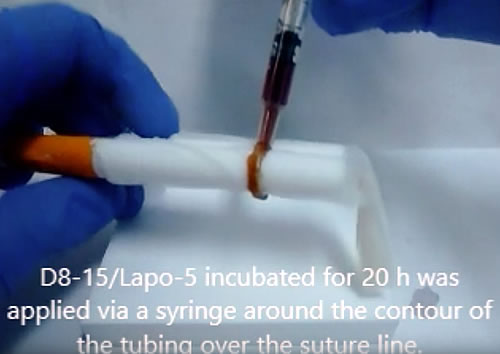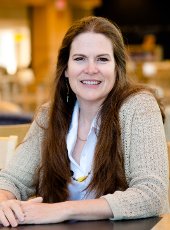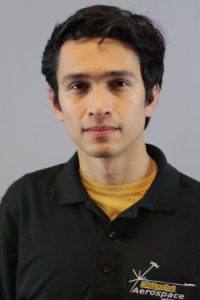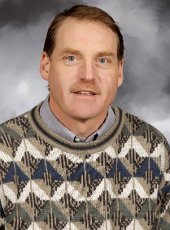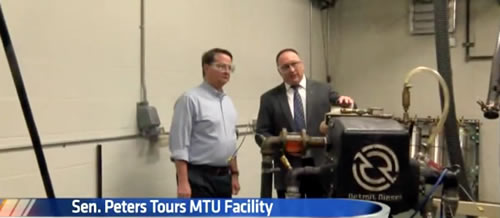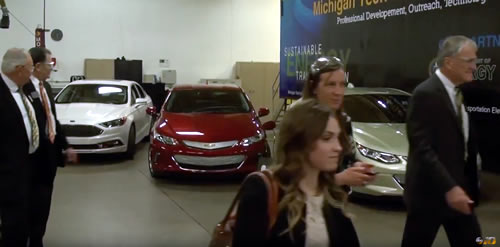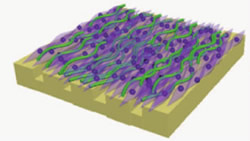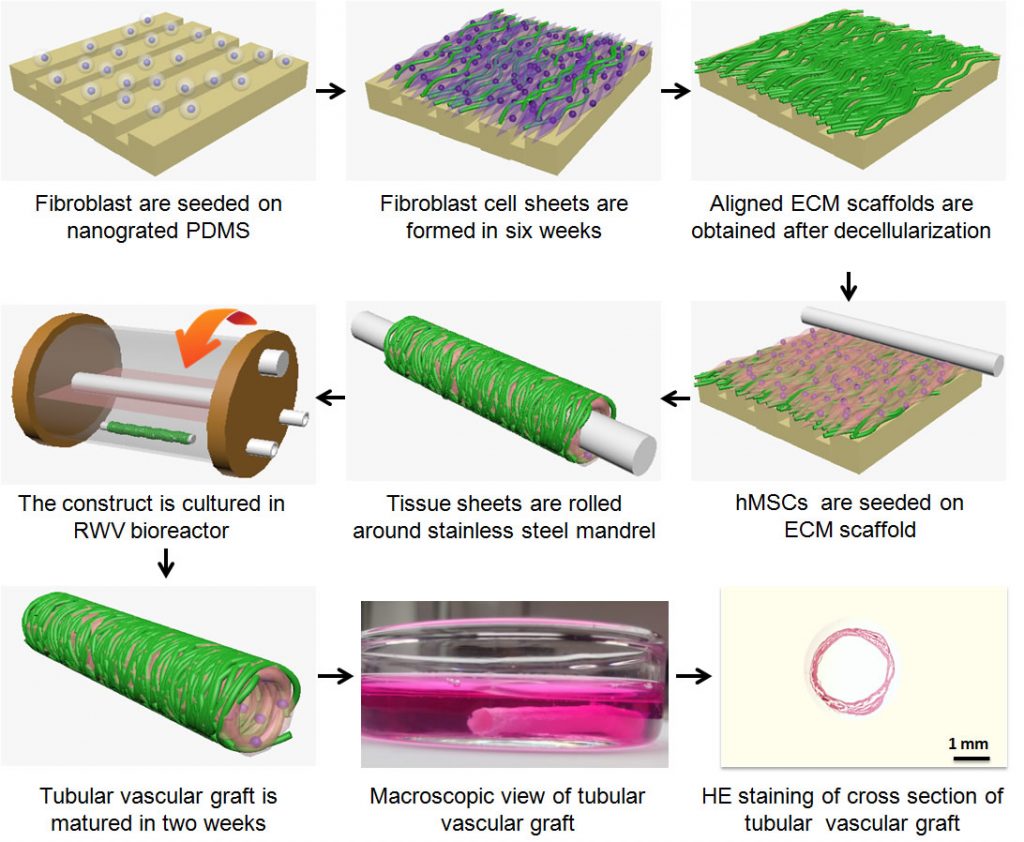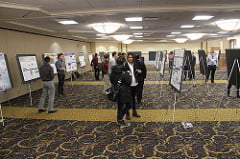The Michigan Tech News story “Virus Hydrophobicity Can Help Purify Vaccines” concerning the research of Caryn Heldt made the top story of the online news magazine Science360. Heldt is an associate professor of chemical engineering at Michigan Tech.
The vaccine story, written by Michigan Tech science and technology writer Allison Mills, appeared in Science360 five days after it was published. This multimedia source is edited by the National Science Foundation in order to gather breaking STEM news from scientists, universities, and science and engineering centers.

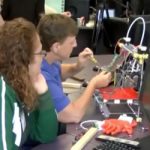 The Summer Undergraduate Research Fellowship (SURF) program will fund 20 students from across the University with funds from the office of the Vice President for Research. Previous SURF award recipients have included Goldwater Scholarship and NSF Graduate Research Fellowship recipients. Since 2002, SURF students have co-authored 71 peer-reviewed publications. This year’s recipients, project titles and advisors are listed on the SURF
The Summer Undergraduate Research Fellowship (SURF) program will fund 20 students from across the University with funds from the office of the Vice President for Research. Previous SURF award recipients have included Goldwater Scholarship and NSF Graduate Research Fellowship recipients. Since 2002, SURF students have co-authored 71 peer-reviewed publications. This year’s recipients, project titles and advisors are listed on the SURF 

